7 Herbs for Period Regulation
If you are struggling with period-related symptoms, that may be a sign of a hormone imbalance. Herbs may help support a healthy period because they have components in them to help promote hormone balance.
It is important to identify your root causes by testing your hormone levels. A period symptom may show up similarly in two people but have entirely different root causes. Addressing the root cause is how you find sustained healing from your symptoms.
Here are 7 herbs for period regulation:
1. DIM
DIM stands for diindolylmethane and is a compound in cruciferous vegetables like broccoli, cabbage, and cauliflower. This compound is one of the herbs for period regulation. DIM can decrease estrogen levels through the protective pathway 2-OH if original estrogen levels are too high. High estrogen symptoms are sore breasts, heavy periods, nausea, bloating, insomnia, mood swings, and menstrual cramps. DIM can lower normal estrogen levels drastically, so it is best to take it if you have tested your hormones, and results provide that your estrogen levels are elevated.
Source: Oregon State, 30104541
2. Vitex
Vitex is an herb that has been utilized for years in traditional medicine, most significantly for women’s health and menstrual issues, making it one of the herbs for period regulation. Other names include chasteberry, chaste tree berry, and vitex agnus-castus. It comes from a shrub-like tree native to the Mediterranean and Central Asia. Chasteberry has several ways it works in the body to help with overall hormonal balance and to reduce PMS symptoms. Chasteberry itself is not a hormone, nor does it contain any hormones. The therapeutic effects of vitex are due to the indirect impact on different hormones and mood chemicals (neurotransmitters) in the body. One of the primary ways vitex works in the body is by stimulating the pituitary gland (which is in the brain) to produce luteinizing hormone (LH). LH is the hormone that signals to the body to ovulate. By stimulating the release of LH, vitex can help to trigger ovulation, which helps period regulation. Promoting ovulation also raises progesterone levels, which is essential for period regulation. Progesterone is released by the corpus luteum, which remains after the egg is released from the follicle during ovulation. Low progesterone symptoms include irritability, poor sleep, anxiety, painful cramps, ovarian cysts, irregular periods, and infertility.
3. Saw Palmetto
Saw Palmetto is another one of the herbs for period regulation originating from the native and eastern regions of the US. Saw palmetto is beneficial for reducing high testosterone levels. While women still need some testosterone, it should not be too high, or else this can cause dysfunction in our other female hormones. Specifically, one of the signs of elevated testosterone is hirsutism, when females grow hair on the face. A study found that saw palmetto is a great remedy to reduce testosterone by inhibiting the 5 alpha-reductase pathway. The 5 alpha-reductase pathway is how androgens convert into DHT, which stimulates facial hair follicles. This pathway can be up to 3x more symptomatic than the 5 beta reductase pathway. High testosterone symptoms include high loss, acne, infertility, irregular periods, cyclical headaches, and painful periods.
Source: 27272436
4. Nettles
Nettle, or is also known as stinging nettle or Urtica dioica, originates in all parts of the world, though you may have never heard of it. Nettle has anti-inflammatory and androgen lowering effects, making it one of the herbs for period regulation. Androgens are male-like hormones, including testosterone and DHEA, which females still need, but levels should not be elevated. A study on 40 women with elevated androgen levels found a significant decrease in total testosterone and free testosterone levels when supplemented with nettle. High androgens’ symptoms include hair loss, hirsutism, oily skin, insulin resistance, depression, and skin tags.
5. Turmeric
Curcumin is the bioactive ingredient in turmeric, making it one of the herbs for period regulation. Curcumin is best known for its anti-inflammatory and antioxidant properties, which aid in period pain and promote hormone balance. Moderate or severe cramping can be an indication of inflammation in the body. The antioxidant effects are beneficial to reduce the internal stress response, which can balance out progesterone and estrogen. Signs of period pain include but are not limited to breast soreness, menstrual cramps, gastrointestinal problems, bloating, headaches, and fatigue.
6. Reishi
Red Reishi is a mushroom, or adaptogen, that helps the body adapt to stress, but it can also lower androgens like DHEA, making reishi one of the herbs for period regulation. A study looking at the anti-androgenic effects of 19 mushrooms found that reishi mushrooms had the strongest effect inhibiting testosterone. Red Reishi can reduce an enzyme called 5-alpha reductase, which aids in converting testosterone and DHEA into dihydrotestosterone (DHT). High DHEA levels are associated with acne, stress, hair loss, and facial hair growth.
Source: 16029938
7. Tribulus
Tribulus, also called puncture vein, is a plant grown in only specific climates with high temp. It is another one of the herbs for period regulation because Tribulus increases testosterone and decreases estrogen levels. It completes this by blocking testosterone’s aromatization to estrogen, promoting lowering testosterone levels while increasing estrogen levels. If this pathway isn’t regulated, you can end up with low testosterone and high estrogen, and both can dysregulate your period. Also, low testosterone can lead to low sex drive, and evidence has shown that supplementation with Tribulus can improve sex drive. Symptoms of low testosterone include fatigue, low libido, depression, difficulty building muscle. High estrogen symptoms include brain fog, headaches, sore breasts, heavy periods, and thyroid issues.







